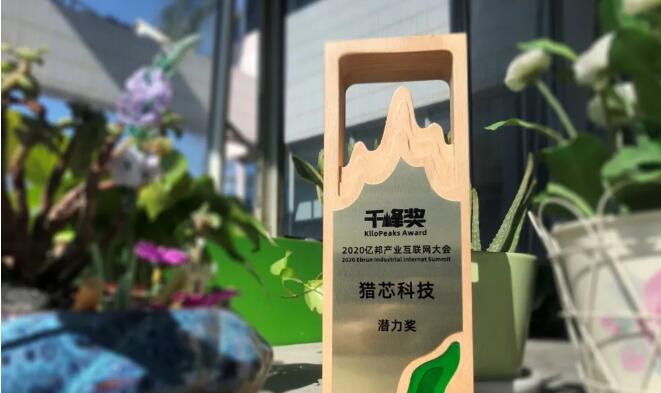What Is IC Board and the Work Principles for PCB Beginners?
An integrated circuit is a microelectronic device or component. The transistors, diodes, resistors, capacitors, and inductors required in the circuit are connected to each other through a certain process, fabricated on a small semiconductor chip or dielectric substrate, and then packaged in a shell, and finally, become a microstructure with the functions required by the circuit. All components are structurally integrated into integrated circuits.
PCB Instant Quote
.my-button {
display: inline-block;
padding: 10px 50px;
font-size: 16px;
text-align: center;
text-decoration: none;
background-color: blue;
color: #fffff0;
border: none;
border-radius: 5px;
font-weight: bold;
cursor: pointer;
box-shadow: 0px 2px 5px rgba(0, 0, 0, 0.3);
transition: background-color 0.3s ease, transform 0.3s ease;
}
.my-button:hover {
background-color: #C23C30;
transform: scale(1.05);
}
If you are going to learn the knowledge of IC Board, please check and read the content. And we will provide you everything about IC Board, if you are going to search for IC Board information, let’s check it.
What are the features of IC?
An integrated circuit is a miniature electronic device or component. A certain process is used to interconnect components, such as transistors, resistors, capacitors, and inductors, which are required in a circuit, on a small or small piece of a semiconductor wafer or dielectric substrate, and then packaged in a single package. It becomes a microstructure with the required circuit function; all the components are structurally integrated, making electronic components a big step toward miniaturization, low power consumption, intelligence, and high reliability. It is indicated in the circuit by the letter "IC". The inventors of the integrated circuit are Jack Kirby (germanium (Ge)-based integrated circuit) and Robert Neuss (a silicon-based (Si)-based integrated circuit). Most applications in the semiconductor industry today are silicon-based integrated circuits.
The integrated circuit has the advantages of small size, light weight, fewer lead wires, and solder joints, long life, high reliability, good performance, etc., and low cost, and is convenient for mass production. It is widely used not only in industrial and civil electronic equipment such as tape recorders, televisions, computers, etc. but also in the military, communication, remote control, and other aspects. The use of integrated circuits to assemble electronic devices has an assembly density that can be increased by several tens to several thousand times compared to transistors, and the stable operating time of the device can be greatly improved.
What are the differences of IC PCB and normal PCB?
Integrated circuit usually refers to the integration of chips. For example, the Northbridge chip on the motherboard, the internal CPU is called an integrated circuit, and the original name is also called the integrated module. Printed circuit refers to the circuit boards that we usually see, and there are printed solder chips on the circuit board.
Integrated circuits are carriers that are soldered to the PCB. Printed circuit boards can be found in almost every electronic device. If there are electronic parts in a certain device, the printed circuit boards are mounted on PCBs of different sizes. In addition to fixing various small parts, the main function of the printed circuit board is to carry out the electrical connection of the top various parts.
In short, integrated circuits are general circuits integrated on a chip. It is a whole, and once the integrated circuit is damaged, the chip will also be damaged. The PCB can solder components by itself, and components can be replaced if the component is broken.
The characteristics of China's multilayer PCB boards are:
Can be high density: For decades, the high density of printed boards can be developed with the integration of integrated circuits and advances in installation technology..
High reliability: Through a series of inspections, tests and aging tests, it can ensure that the PCB can work reliably for a long period of time.
Designability: For the various performance (electrical, physical, chemical, mechanical, etc.) requirements of the PCB, printed board design can be achieved through design standardization, standardization, etc., with short time and high efficiency.
What is the purpose of IC PCB?
With today’s modern technology and modern electronic devices and components, the use of IC boards has become part and parcel of almost all electronic systems, especially when we speak about small or medium-sized electronic systems.
The only difference is that in some circuits, there is no need for using IC boards. Since they are already complete and complete, they need to look for new ways to improve them is to introduce new components or elements.
Can we use IC boards for producing consumer products? Yes, IC boards are compatible with consumer products.
We use these boards in modern electronic appliances because they come in smaller sizes that are compatible with various small electronic devices. This feature allows the use of them in special kinds of appliances that millions of people can use worldwide, which was not possible before the invention of electronics.
However, the main reason is that the IC boards are very cheap, so consumers can easily introduce these devices. Can you use IC boards for industrial products? Certainly, IC boards are now used in industrial products as well. Most of these components are not dependent on each other now, so they do not affect the rest of the system if one fails.
PCB Knowledge ⋅ 12/06/2021 09:41

